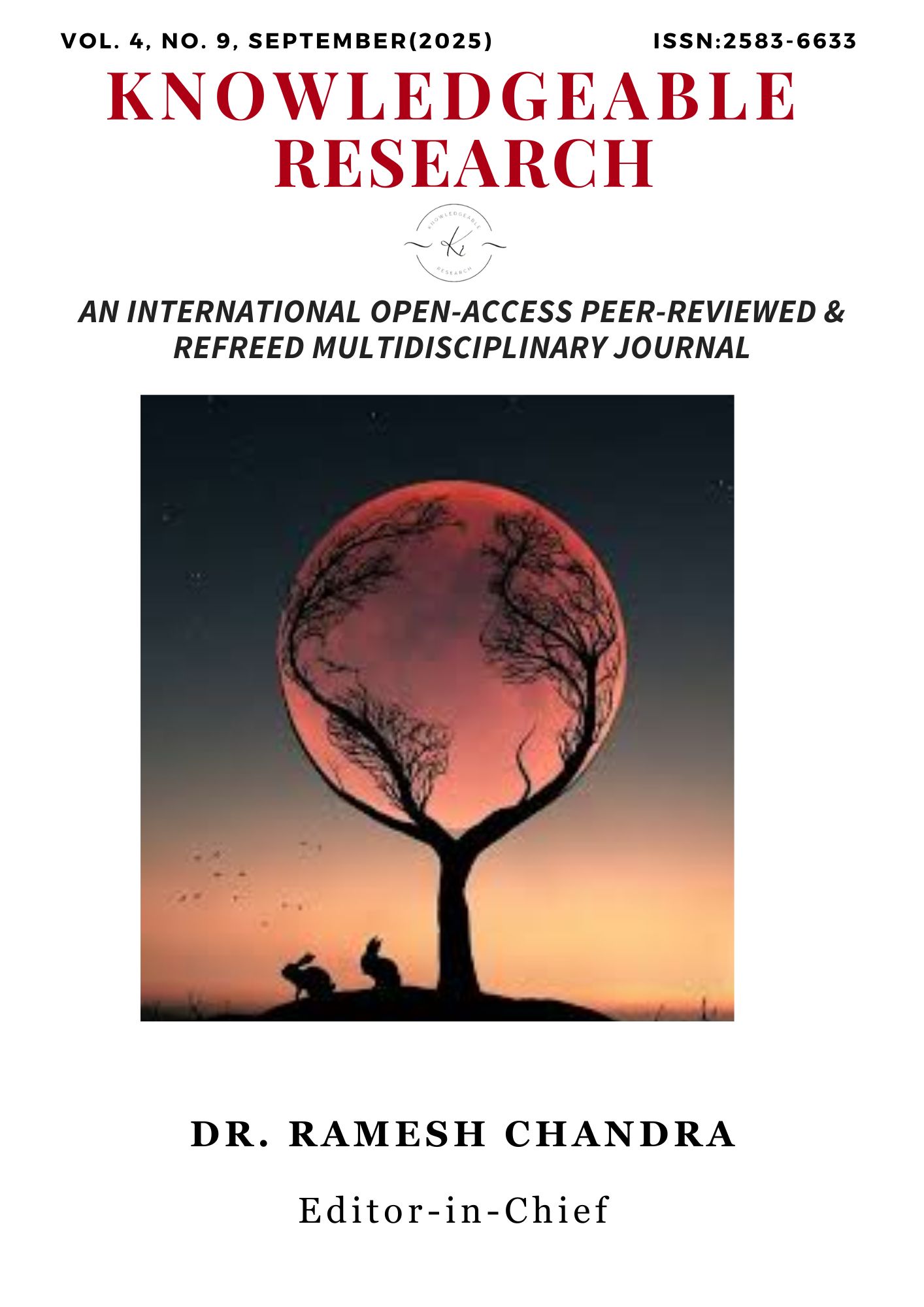Position of Nishads in the Indian caste system
Main Article Content
Abstract
The Indian social structure is primarily composed of thousands of castes and sub-castes residing in rural and urban communities. Various religious groups or sects (sects) are seen operating within these castes. This is why Indian society is often described as a "caste society." The fundamental identity of people here has been caste. They first identify with their caste and later identify as Buddhists, Jains, Sikhs, Vaishnavites, or Hindus. Muslims and Christians are also identified more by caste than by religious group. In India, references to caste are found in the poems (hymns) of the Rigveda, the world's oldest book. They use words like "jnati" (sangha) and "sajat" for caste. The Vedas mention castes such as Karmakar (blacksmith), Napit (barber), Kurmi (farmer), Nishad (boatman), and leather workers. The Brahmanical texts and Dharmasutras seem to delineate the boundaries of caste prohibitions and rights. The Ramayana, the Mahabharata, and other historical texts clearly demonstrate the caste system, its rights and duties, as well as its prohibitions. The Smriti texts were essentially laws and constitutions for the protection of the varna system. Jainism, Buddhism, and Charvaka philosophy emerged as revolutionary movements against the Brahminical caste and religious systems. Chanakya's work, Arthashastra, explores caste. The Puranas, along with other ancient religious texts, outline the rights and prohibitions of caste and varna, and provide a plan for their protection. Among the king's most important tasks, protecting caste and varna was a key aspect.
Article Details
Section

This work is licensed under a Creative Commons Attribution-NonCommercial 4.0 International License.

